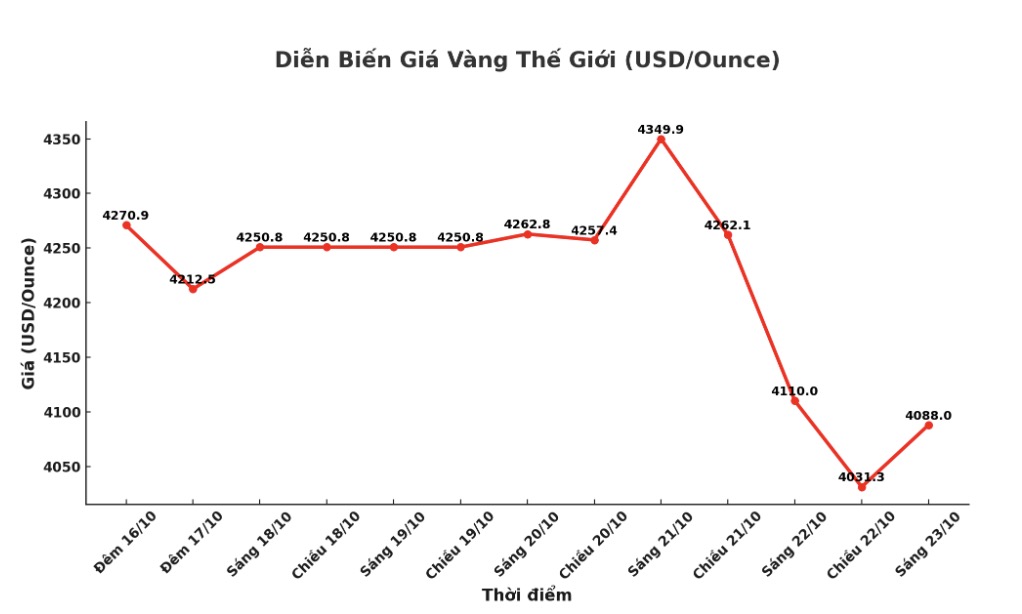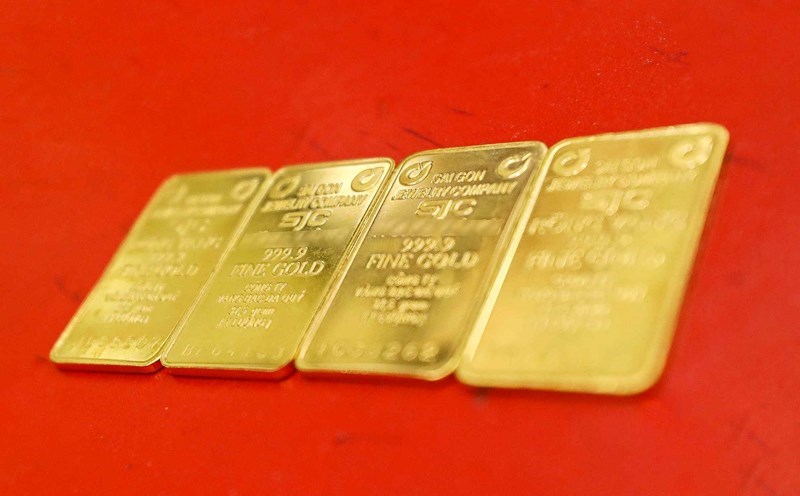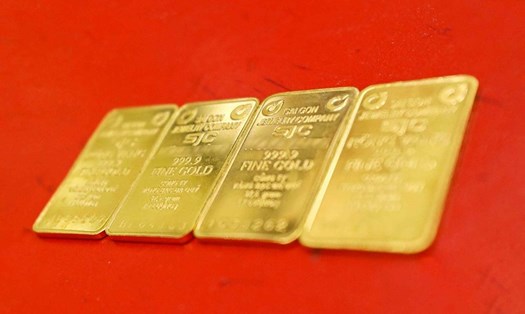Gold and silver prices continued to struggle after a huge sell-off on Tuesday. These two metals witnessed the sharpest decline in the past 4-5 years.
However, according to market analyst Robert Minter - Director of ETF Investment Strategy at abrdn, despite strong short-term fluctuations, the fundamental factors that pushed the price of precious metals up have not changed.

In a recent interview with the press, Mr. Minter said that the recent sell-off, although dramatic, helped the gold and silver markets escape the state of "excessive buying".
If you liked gold and silver when prices were unsustainable last week, now you have to love them even more, because the market has become healthier, he said.
Minter emphasized that investors in precious metals need to get used to strong fluctuations, especially for silver - a metal that is facing a long supply shortage.
He said that over the past four years, the silver market has continuously fallen into deficit due to strong industrial demand, while the amount of inventory on the ground takes a long time to be consumed. Currently, the market has reached a stage where there is no longer enough material silver to meet immediate demand.
"The money has been short for many years, but few people pay attention. However, prices have been sluggishly accumulated over time, and this year, that has broken out into a quick re-evaluation. It is also understandable that some investors are taking profits in the current high price zone, he said.
According to Minter, the fluctuations in silver became more intense when the market was under great pressure from global trade tensions and threats of US tariffs.
Since the beginning of the year, a large amount of silver has been imported into the US as investors and precious metals dealers have increased their stocking to avoid taxes, severely affecting the physical market in London.
Recently, the sudden increase in investment demand has caused cash inventories to almost run out, pushing rental interest rates to record highs and greatly extending the gap between spot prices and futures prices.
Currently, the supply of silver is simply not enough to meet all needs in the market. And I don't see that change soon. The amount of recycled silver is also unlikely to meet this shortage" - Mr. Minter commented.
He added that since 2016, global silver mining output has fallen 8.8% while demand remains strong.
The question is: how to significantly increase the supply of silver? That can only happen when prices are higher but thats not it. No silver mine wants to expand production, but they are limited. It will take at least 10 years to put a new mine into operation, he added.
According to Mr. Minter, "the current silver market cannot be fundamentally overcome in the short term".











